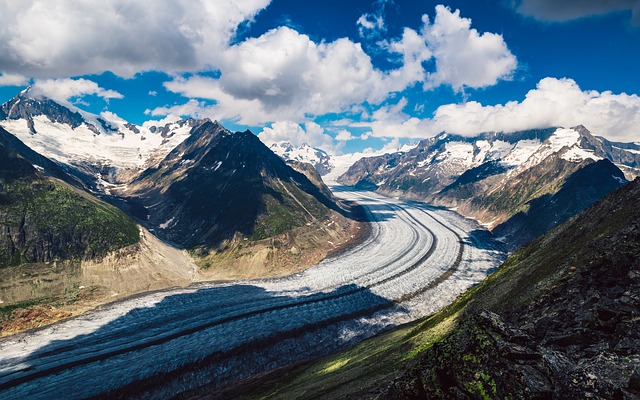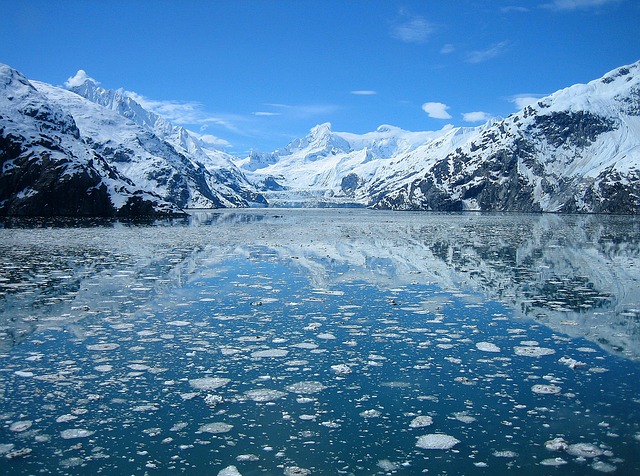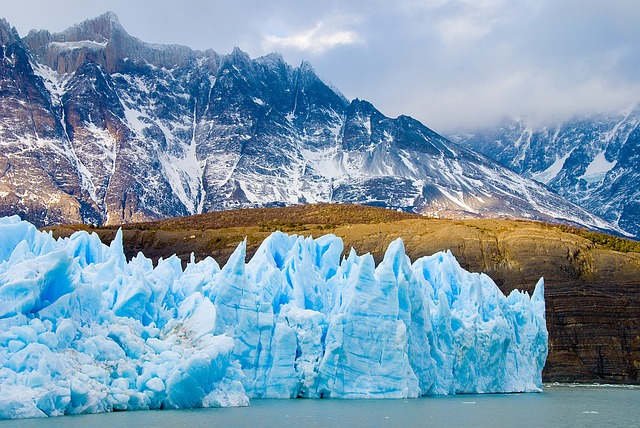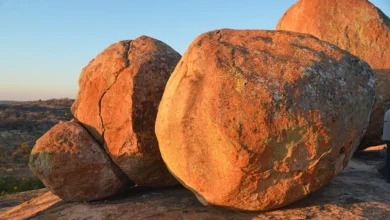10 glaciers that will soon disappear

When people say that due to climate change, glaciers can melt, people panic for only one reason – the flooding of coastal cities, as scientists have found out as a result of research, if all the glaciers melt, the water level will rise by 65 meters, and this will wipe out some countries.
But there is another problem – water supplies. The fact is that glaciers contain almost 70% of all fresh water on our planet while occupying only 10% of the entire area. Having melted, they will merge with the world’s oceans, and we will lose huge reserves of water. In addition, there are less obvious but no less dangerous problems that people will face when the ice melts.
Since the mid-90s alone, about 30 trillion tons of ice have melted, and another 1.2 trillion continues to melt every year. Perhaps the glaciers listed below will melt soon, so now is the time if you want to see them.
Pine Island and Thwaites glaciers, Antarctica
The Antarctic ice sheet contains approximately 30 million cubic kilometers of ice. One of the continent’s largest glaciers, Pine Island and neighboring Thwaites, gradually descended into the Amundsen Sea and melted. It is believed that the melted Thwaites Glacier alone will be enough to raise the sea level by 0.9 meters. This figure seems small, but it will be enough to flood many islands in the Pacific and the Indian Ocean, and coastal cities.
Fürtwangler Glacier, Tanzania
The highest volcano in Africa, Kilimanjaro, is 5881 meters high. For about 11 thousand years, the main peak of Kibo was framed by a massive glacier. But over the past 100 years, the ice cap has shrunk by more than 80%.
However, do not rush to dump the blame on the person. Experts believe that this is not due to production activities and emissions but a reduction in snowfall. Researchers say that less water vapor reaches the mountain than before, which falls on the top in snow. In any case, the glacier is now a thin crust and will soon disappear.
Aletsch Glacier, Switzerland

The Aletsch Glacier is the largest in the Alps, covering over 86 square kilometers. The glacier is gradually sinking, and, according to experts, it has lost about 60% of its volume since 1850. Since 1980 alone, it has lost about 1.3 kilometers of its length.
Here, as in the case of many other glaciers, not only human activities are to blame, as various organizations for the protection of nature often try to impose, but also the end of the Little Ice Age, which just happened in 1850.
Mer de Glace glacier, France
The Mer de Glace is the second longest glacier in the Alps and the first in France. It is located on the northern slope of the Mont Blanc massif and is 12 kilometers long and just over 33 square kilometers in area. Nowadays, the glacier, like many others, is retreating, and in the last 100 years alone, its size has decreased by 1.5 cubic kilometers, which is more than a quarter of its total mass.
Muir Glacier, USA

Like many other glaciers, Muir began to shrink after the end of the Little Ice Age, which ended in 1850. For 100 years, from 1882 to 1980, it retreated by almost 32 kilometers, and for the period from 1941 to 2004 by more than 12 kilometers. At the same time, it has become thinner by more than 800 meters and continues to grow lighter.
San Rafael Glacier, Chile

It seems that there can be no glaciers in South America because, in our opinion, there are only tropical forests of the Amazon, where the temperature is constant above zero. In fact, on this continent, especially in the mountains, there are quite large glaciers, for example, San Rafael, which is located at the top of the Patagonian Andes, San Valentin. Between 1870 and 2011, the San Rafael Glacier shrank by more than 11%, continuing to decline.
Quelccaya Glacier, Peru
In the Andes Mountains, Peru is home to Quelccaya, the second largest glacier in the tropics, which covers about 43 square kilometers and is up to 200 meters thick. From 1976 to 2020, its area decreased by 46%, and, according to experts, it is expected that it will disappear already in this century, which will have an impact on the surrounding ecosystem.
Fox and Franz Josef Glaciers, New Zealand
Fox Glaciers and Franz Josef Glaciers are located adjacent to the west of the South Island of New Zealand in the Westland Tai Poutini National Park. The researchers found that between 1977 and 2014, the glaciers shrank significantly due to reduced water inflow from the New Zealand Alps. The Fox Glacier lost about a kilometer over the ten years from 2008 to 2018, and the Franz Josef glacier lost about two.
Mount Jaya glacier, Indonesia
Mount Jaya is located in the Maoke massif on the island of New Guinea and is the highest point in Oceania. Like the rainforests that surround the area, this mountain is important for the formation of the climate in the region. The researchers note that Mount Jaya lost approximately 93% of its ice between 1980 and 2018.
They also believe that if the melting continues at the same rate, the ice at the top will disappear in this decade. It will not have a global impact on the climate, but it will mark the end of the only tropical glacier between the Himalayas and the Andes.
Sermeq Kujalleq glacier, Greenland
Greenland is a huge island whose ice sheets and Antarctica contain about 99% of all freshwater ice on Earth. If all the ice in Greenland melts, the sea level will rise by 6 meters. This threatens not only flooding but also disruption of the circulation of the Gulf Stream, which heats Europe.
The largest glacier Sermeq Kujalleq, which has a width of about 5 kilometers and a thickness of 150 meters, annually retreats more than 3 kilometers inland and continues to melt.




